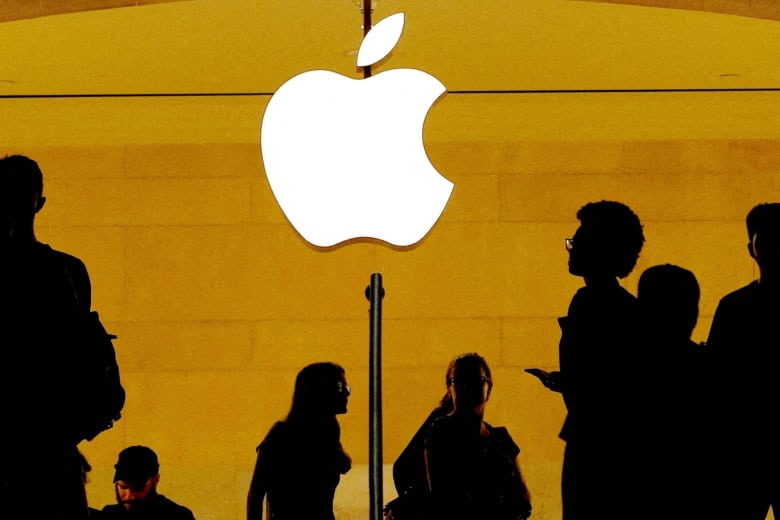The 2008 crash was the greatest jolt to the global financial system in almost a
century. It was a systemic meltdown that pushed the world’s banking system towards the edge of collapse.
A key part of what caused the financial crisis in 2008, and this happened not just in the United States but in countries around the world, was you had this long period where total borrowing grew relative to income. And that was financed by banks and a variety of other institutions with a lot of risk, with a lot of leverage and with funding that was raised short term that could run in a panic.
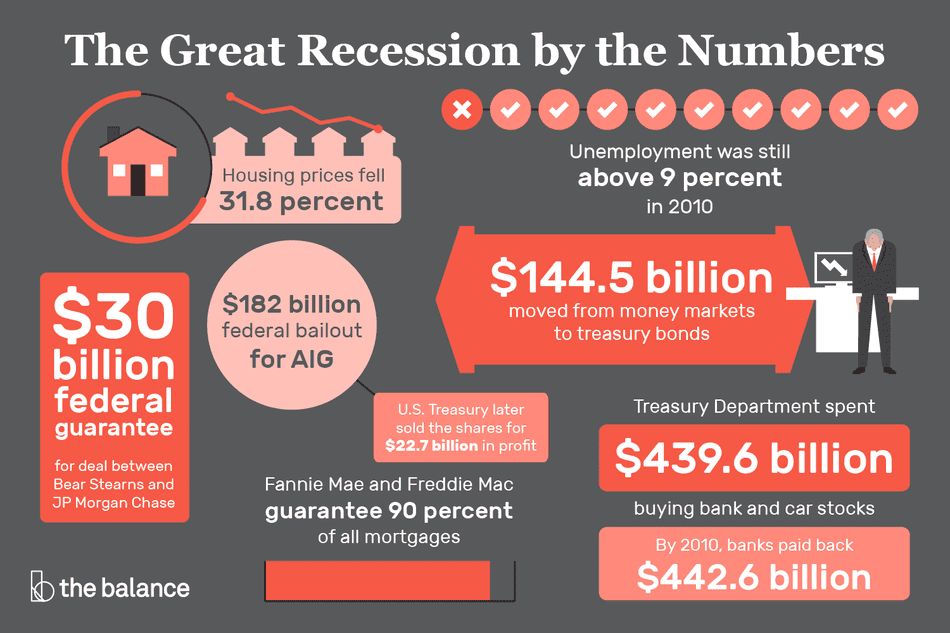
The Commodity Futures Modernization Act and Deregulation in the financial industry were the main reasons of the 2008 financial crash. These allowed for speculation on derivative instruments
backed by cheap mortgages, which was available to people even with dubious creditworthiness. This borrowing was done on a huge scale to finance what appeared to be a one-way bet on the rising real estate market. But the bubble was
eventually unsustainable because, from around 2005, the gap between income and debt began to widen.
Home loans were intimately tied to derivatives, hedge funds, and credit default swaps, hence the resounding crash in the housing market led to a systemic crash, driving America’s financial industry to its knees as well. Globally, the American financial industry pushed most of the world’s financial systems to the edge of
collapse as well.
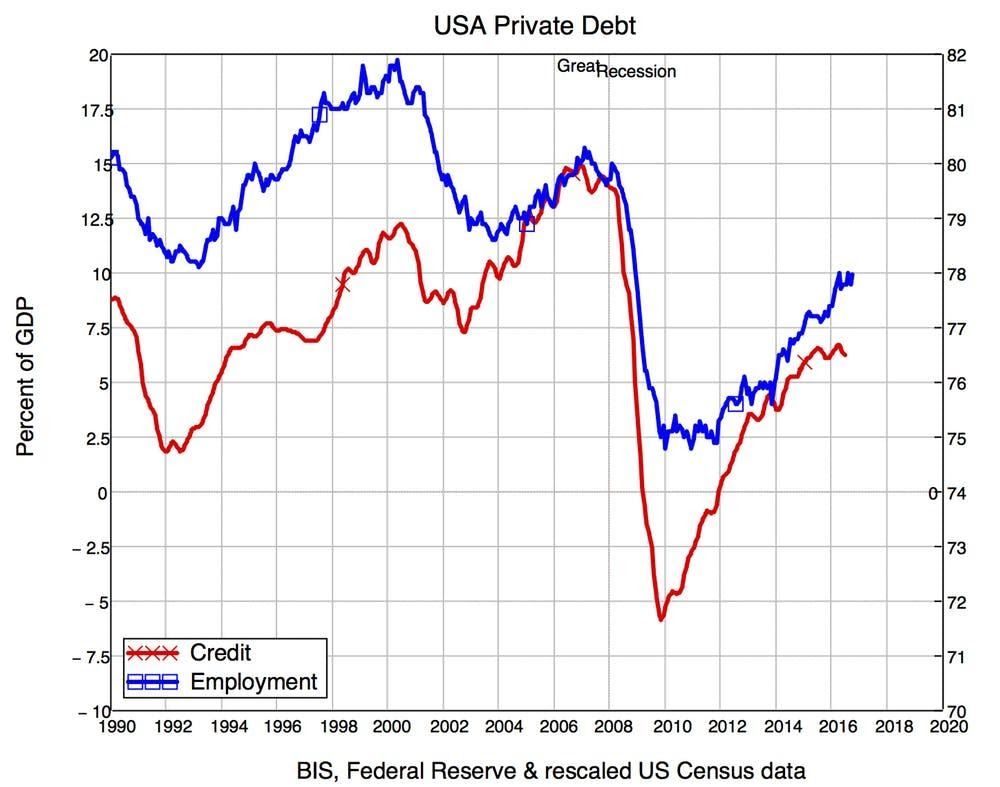
The federal government was forced to execute huge bail-out programs for financial institutions billed as “too big to fail”. In March 2008, Bear Stearns, a U.S. Investment Bank, was taken over by its competitor JP Morgan Chase to save it from collapsing. The US government saved the two largest
government-sponsored mortgage banks Freddie Mac and Fannie Mae, both of whom greatly enabled this calamity. The US investment bank Lehman Brothers could not be saved because the Fed said that it would be beyond the scope of law.
Here, another crisis of sovereign debt arose from the flawed design of the Eurozone; this allowed such countries as Greece to borrow on similar terms to such countries as Germany in the confidence that the Eurozone would bail out the debtors.
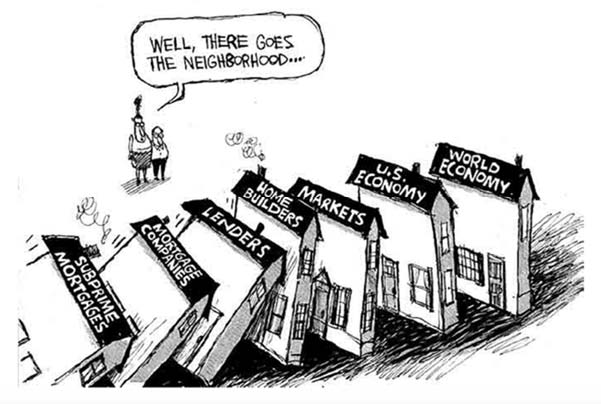
The Great Recession caught policy-makers and experts by the cold because most of them had been brought up to view that in a capitalistic society, a free market should prevail as the only workable economic model. This conviction was strengthened by the disintegration of the USSR, and China’s turn towards capitalism, along with financial innovations that led to the mistaken belief that the system was ‘fool-proof’.
The financial crisis was still not out of the woods by 2012. It took a series of
measures and economic reforms from both the European Central Bank and the US Fed to put the world’s banking systems back on order. The received wisdom today is that you first want to make sure that banks and financial institutions run with less leverage, and more capital, and less funding risk.
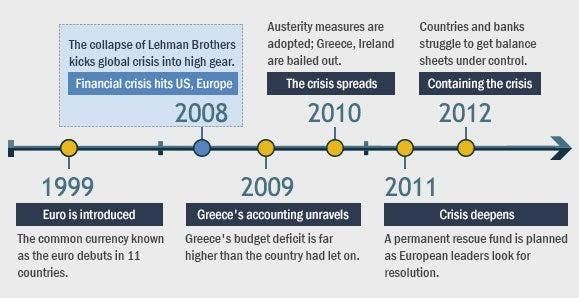
Written by: Raghav Agarwal
Citations:
Bohn, H. (2011). The Economic Consequences of Rising U.S. Government Debt: Privileges at Risk. FinanzArchiv / Public Finance Analysis, 67(3), 282-302. Retrieved May 2, 2020, from www.jstor.org/stable/41303592•Schwarcz, Steven L., Rollover Risk: Ideating a U.S. Debt Default (January 30, 2014). Boston College Law Review, Vol. 55, No. 1, p.1 2014. Available at SSRN: https://ssrn.com/abstract=2307569 or http://dx.doi.org/10.2139/ssrn.2307569•Vuletic, Dominik, Next Global Crisis: Greatest Recession in the History of Capitalism is at the Doorstep (September 21, 2015). Available at SSRN: https://ssrn.com/abstract=2663630 or http://dx.doi.org/10.2139/ssrn.2663630•Lo Duca, Marco and Nicoletti, Giulio and Martinez, Ariadna, Global Corporate Bond Issuance: What Role for US Quantitative Easing? (February 18, 2014). ECB Working Paper No. 1649. Available at SSRN: https://ssrn.com/abstract=2397787


